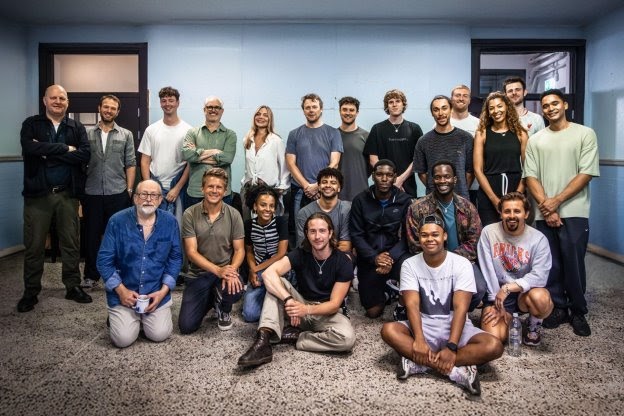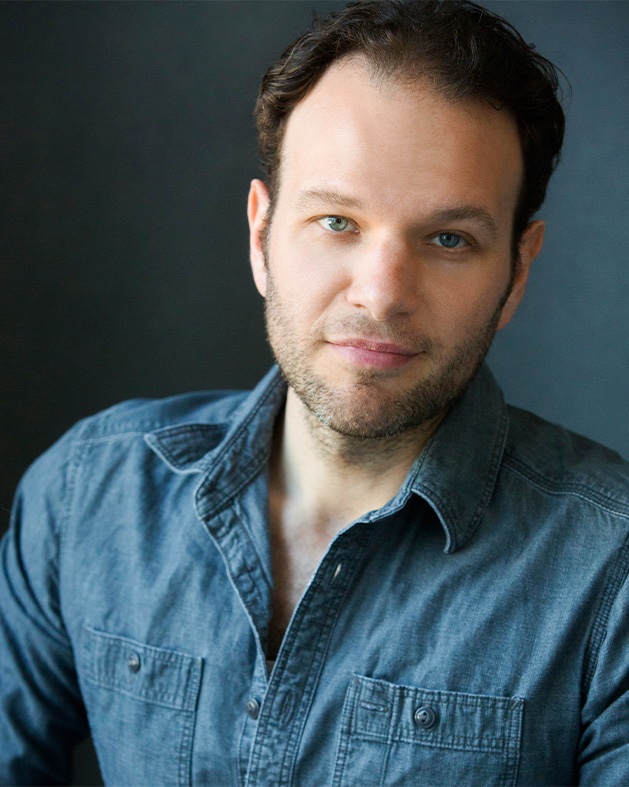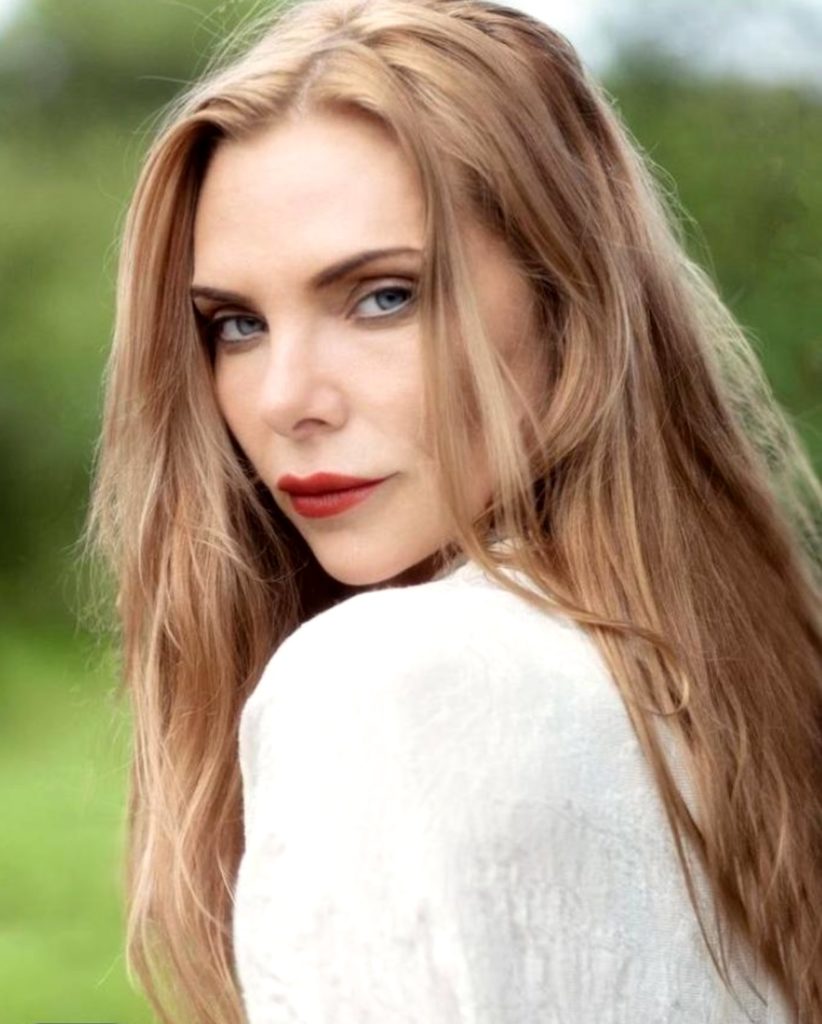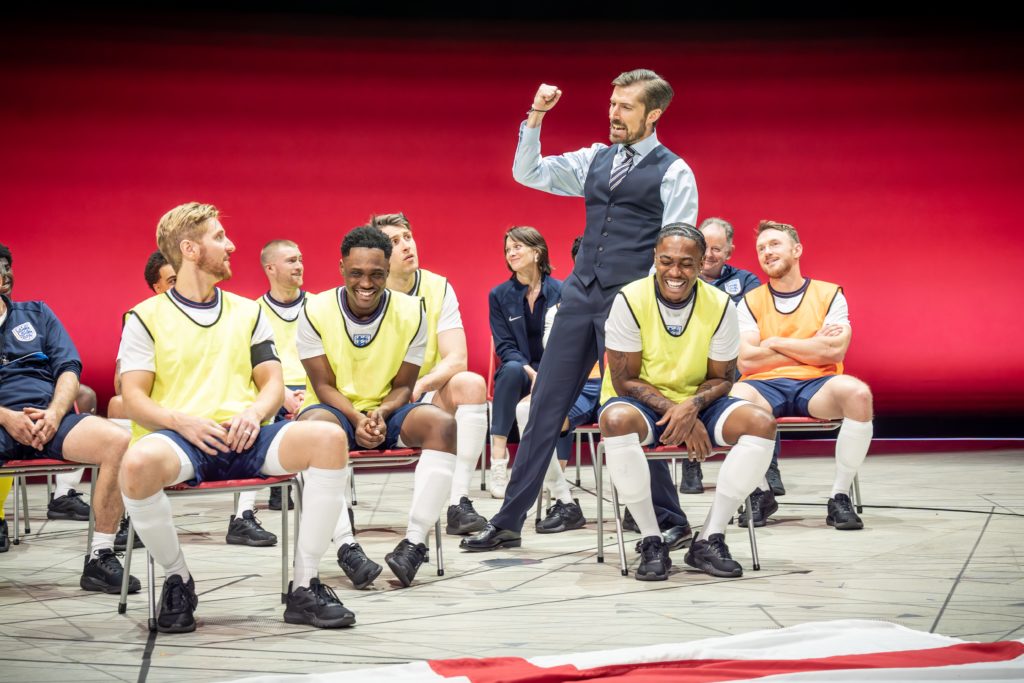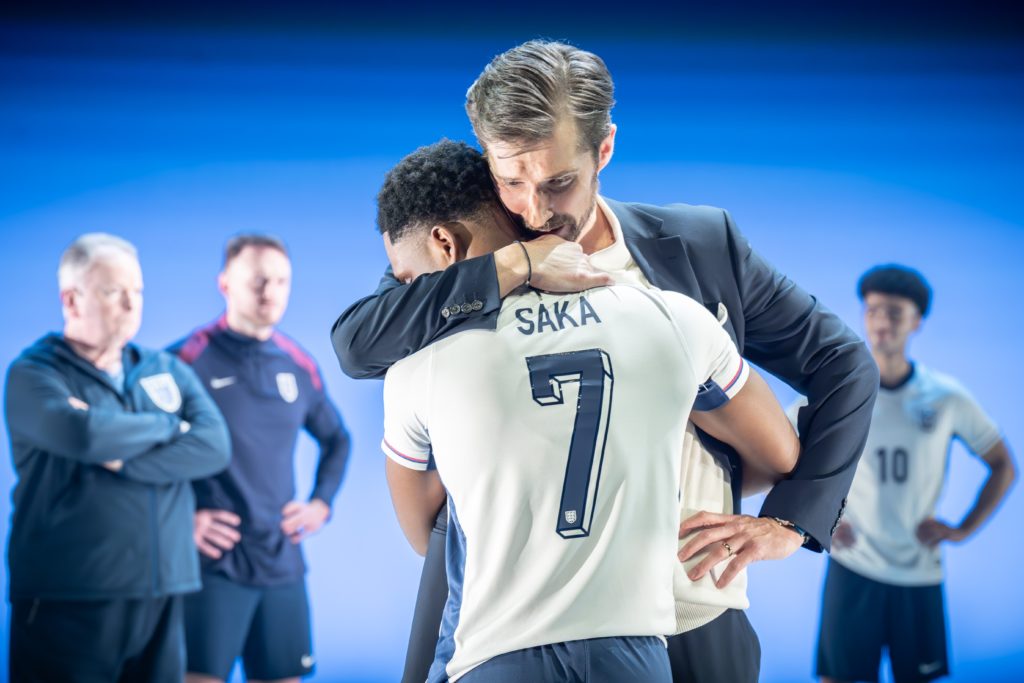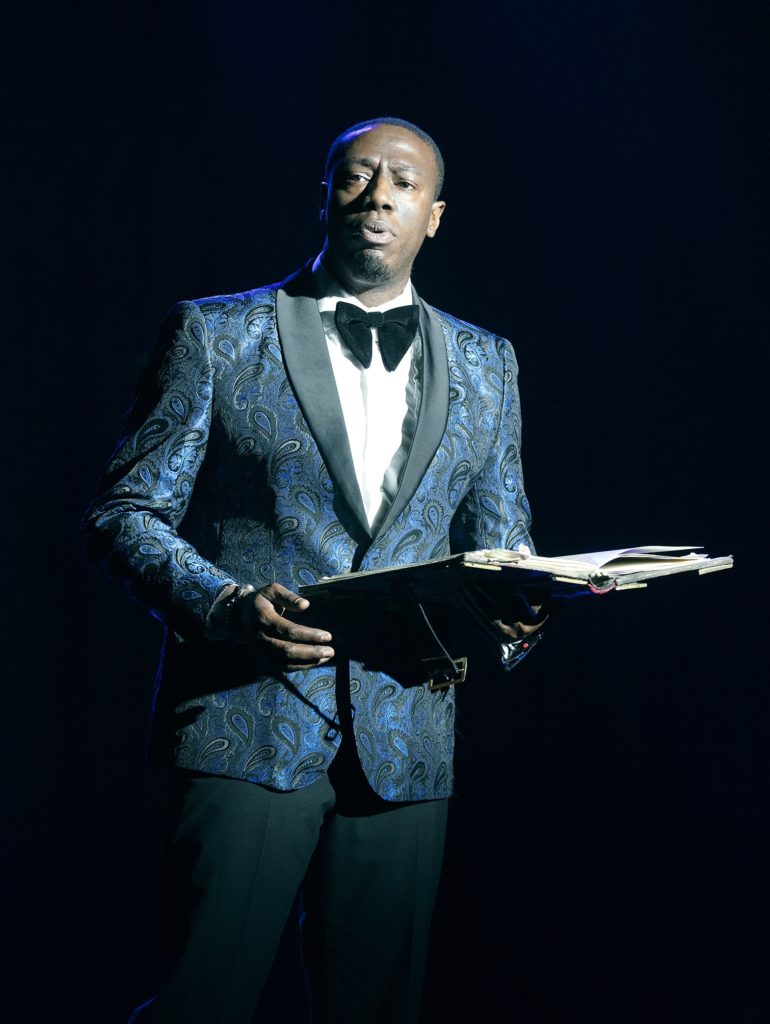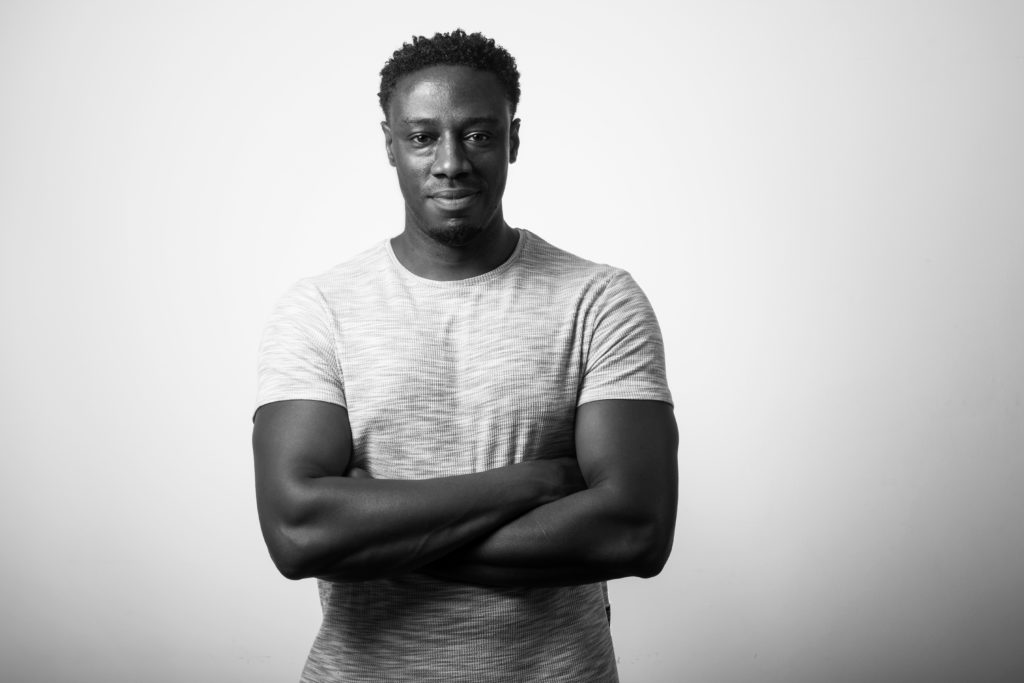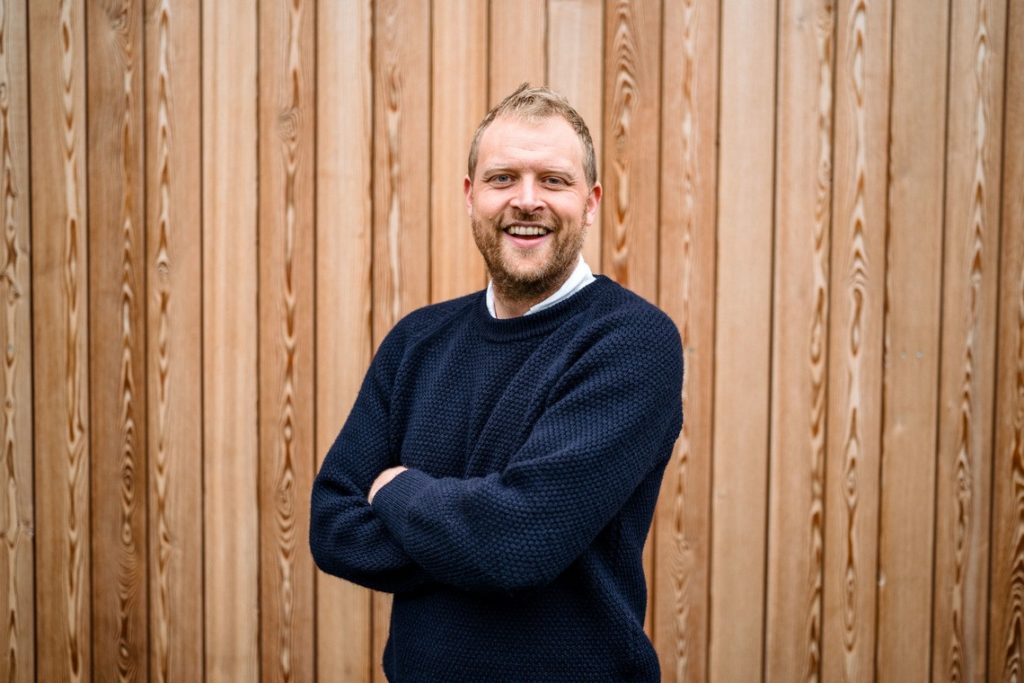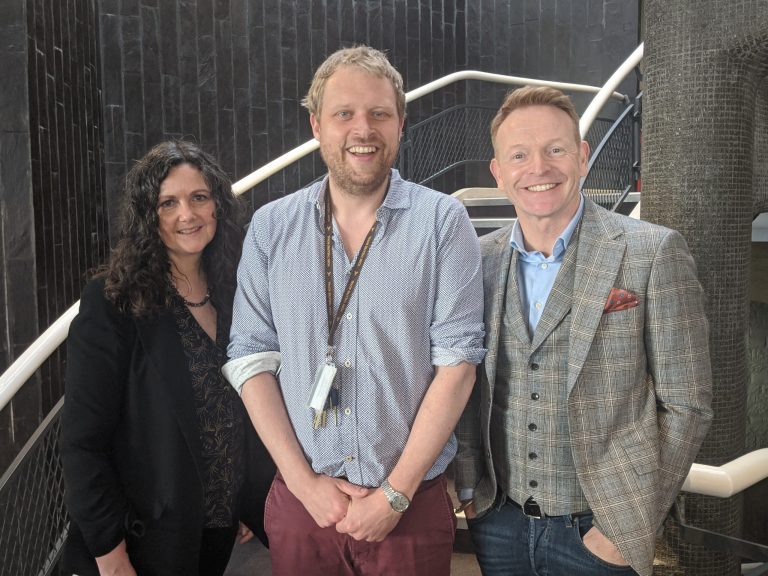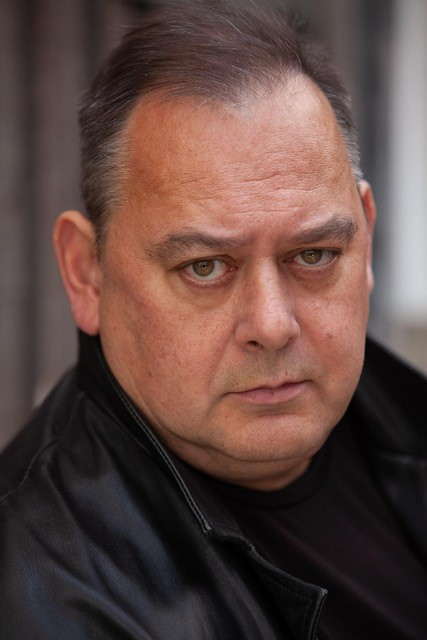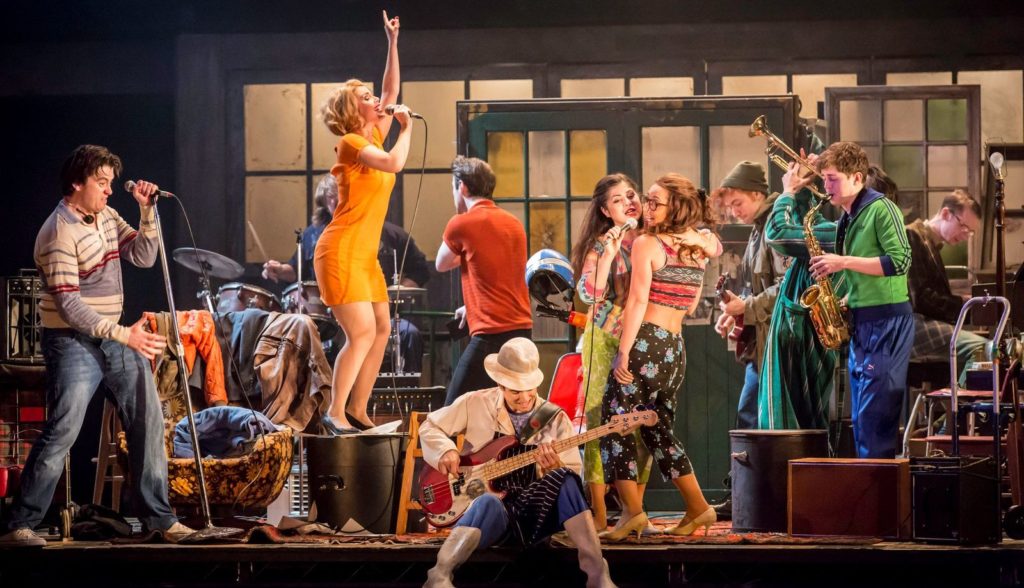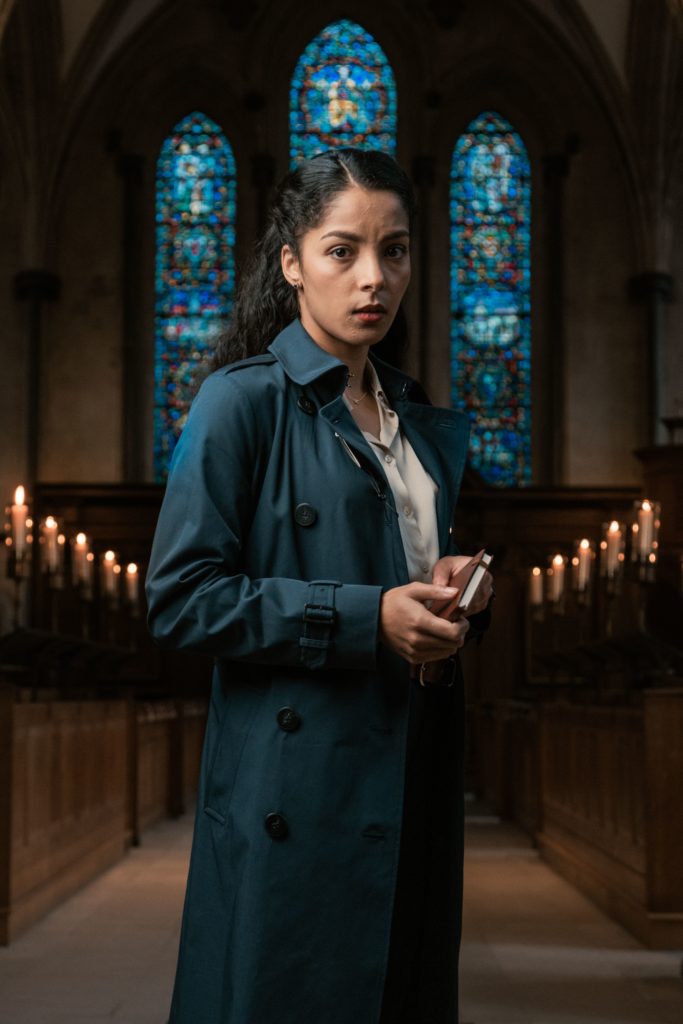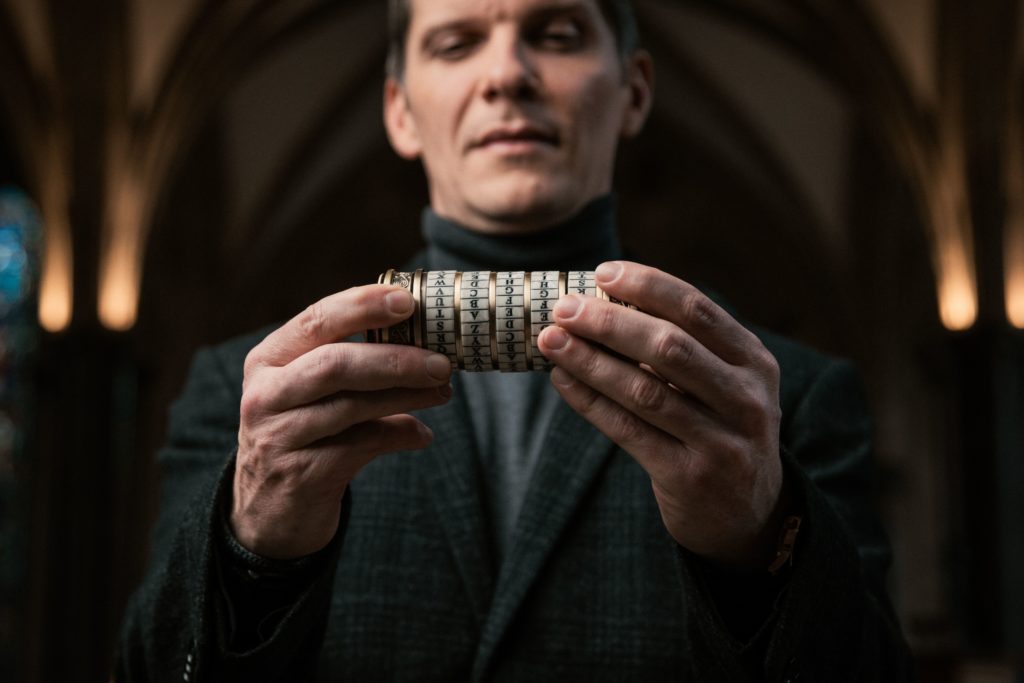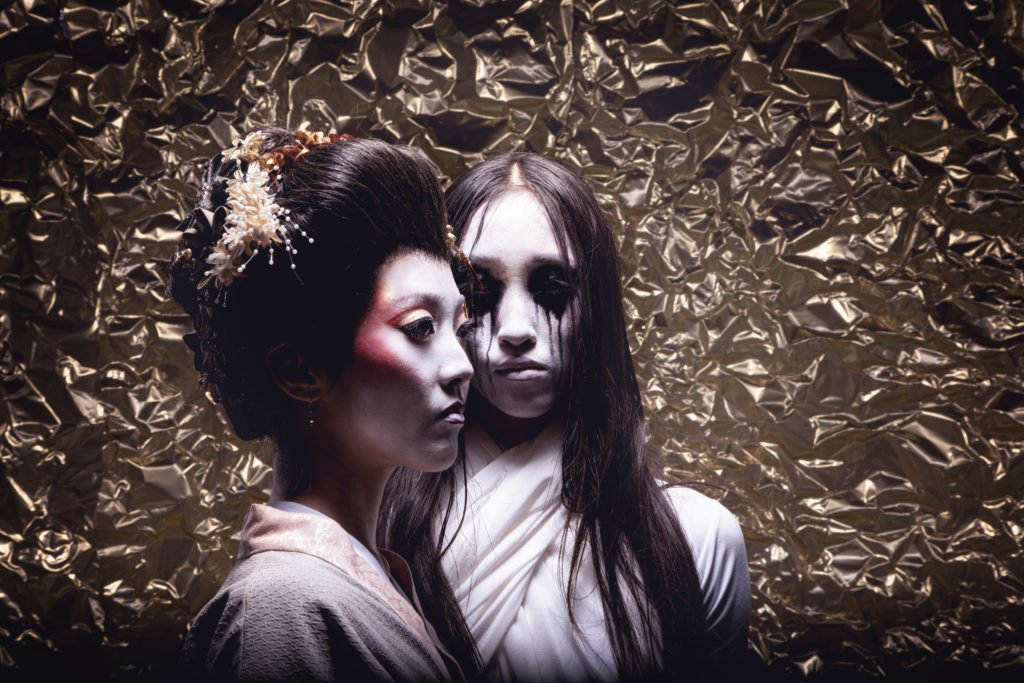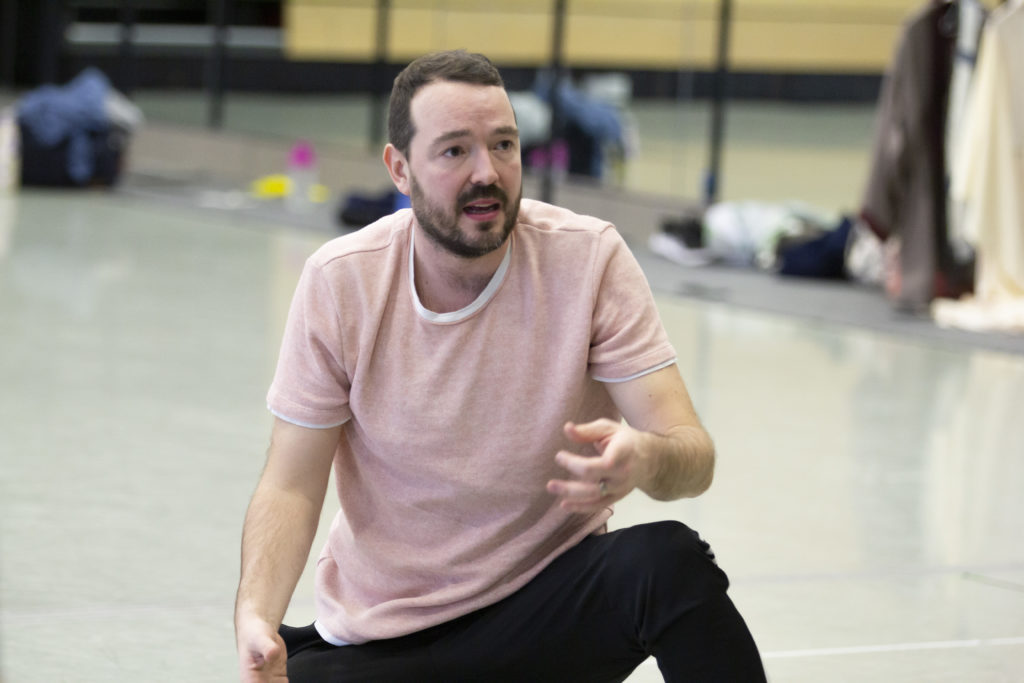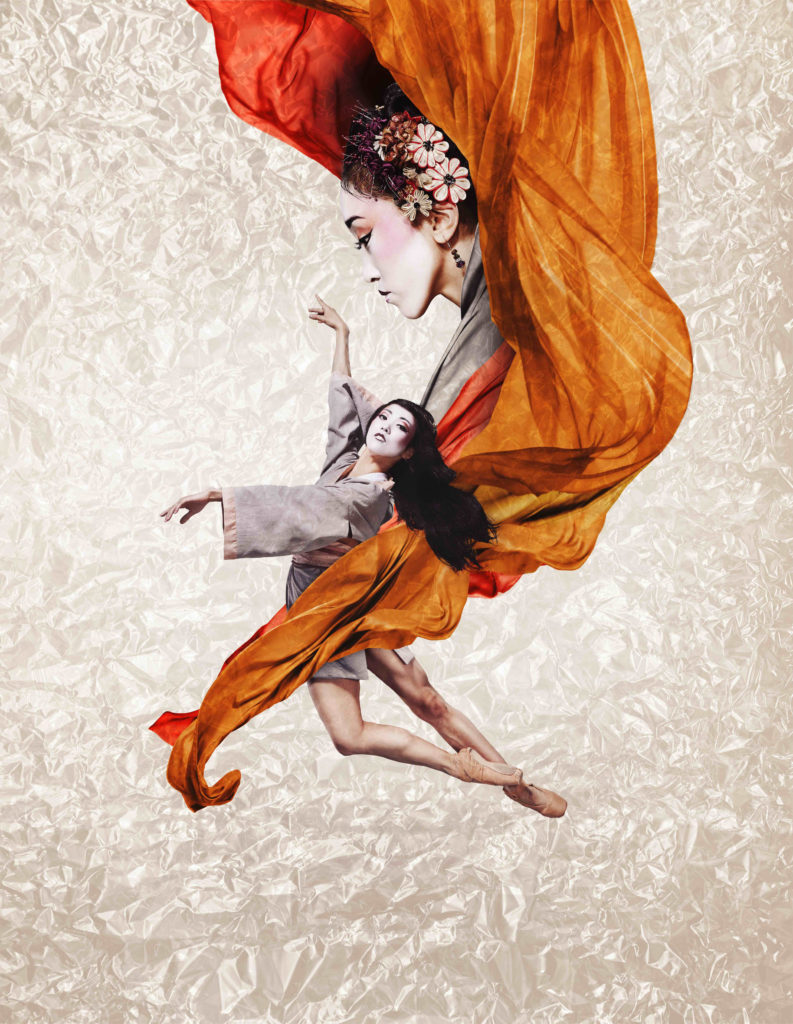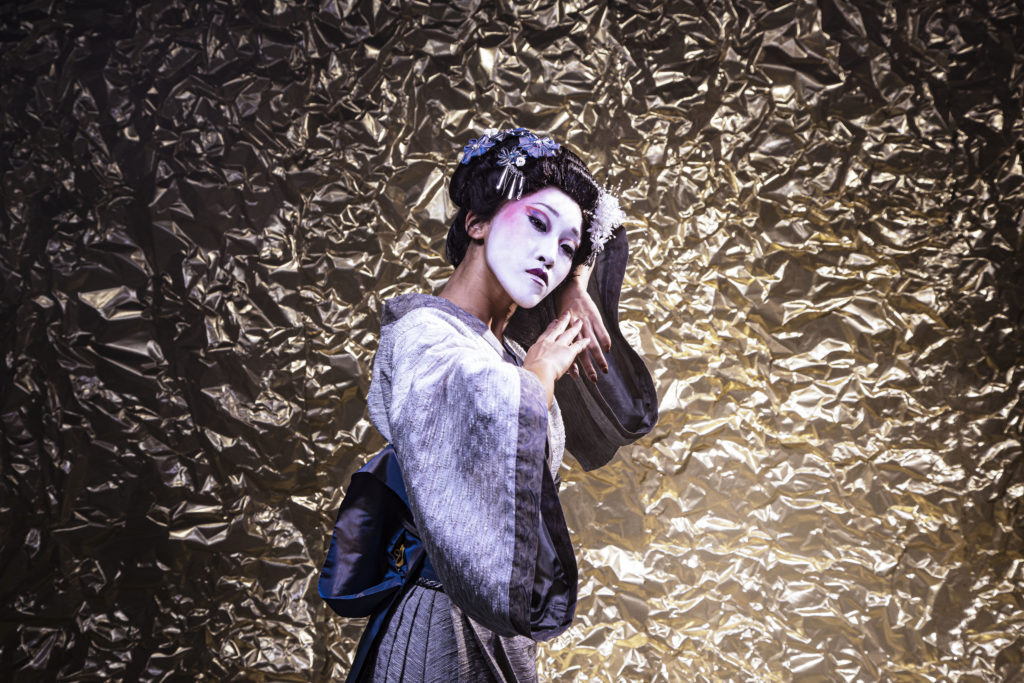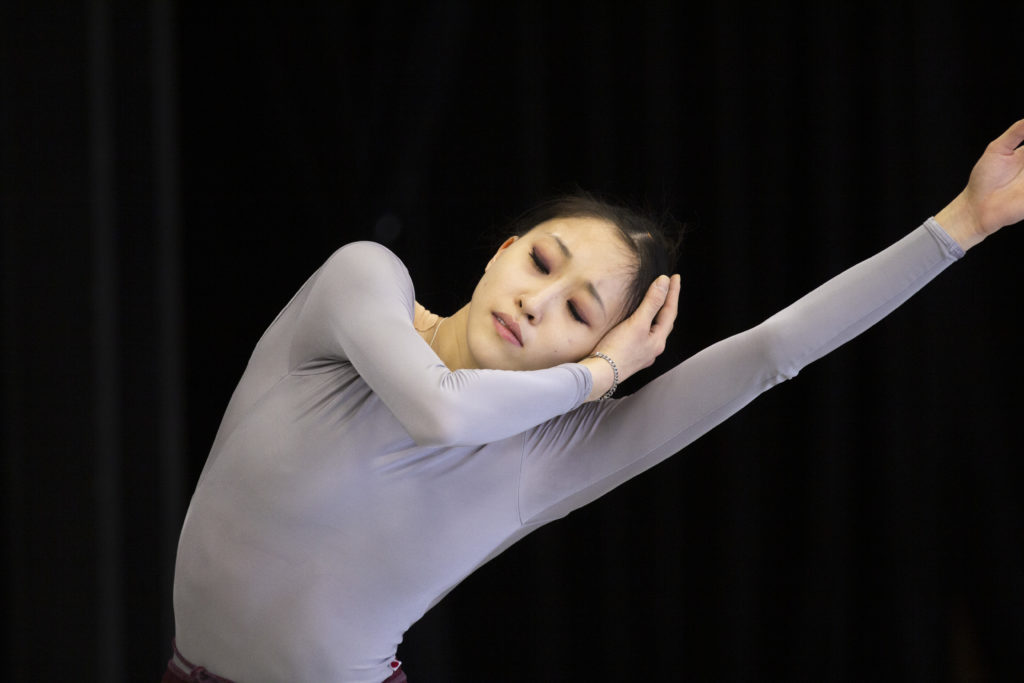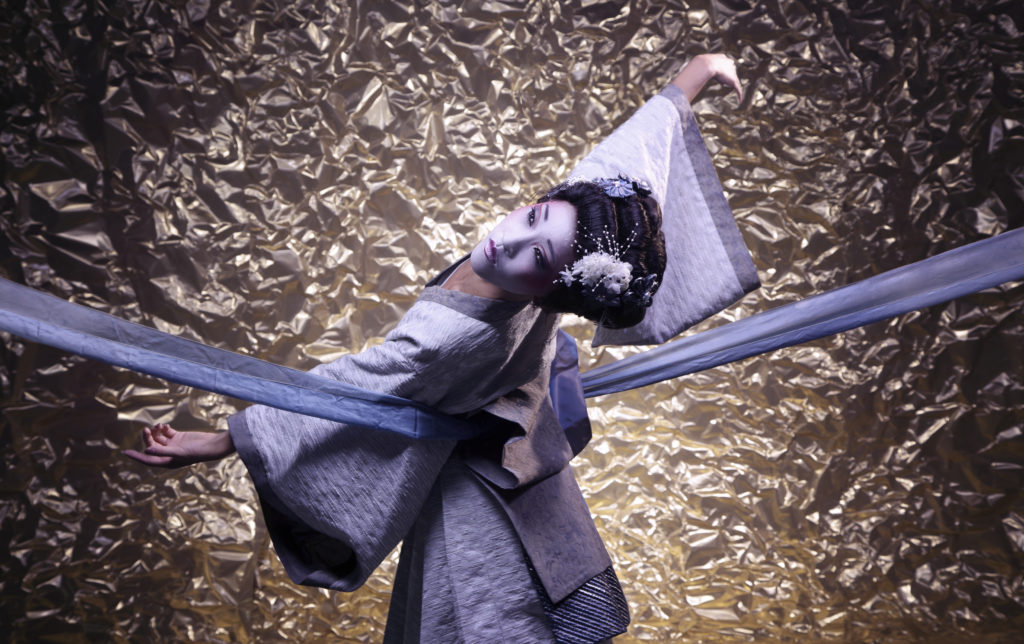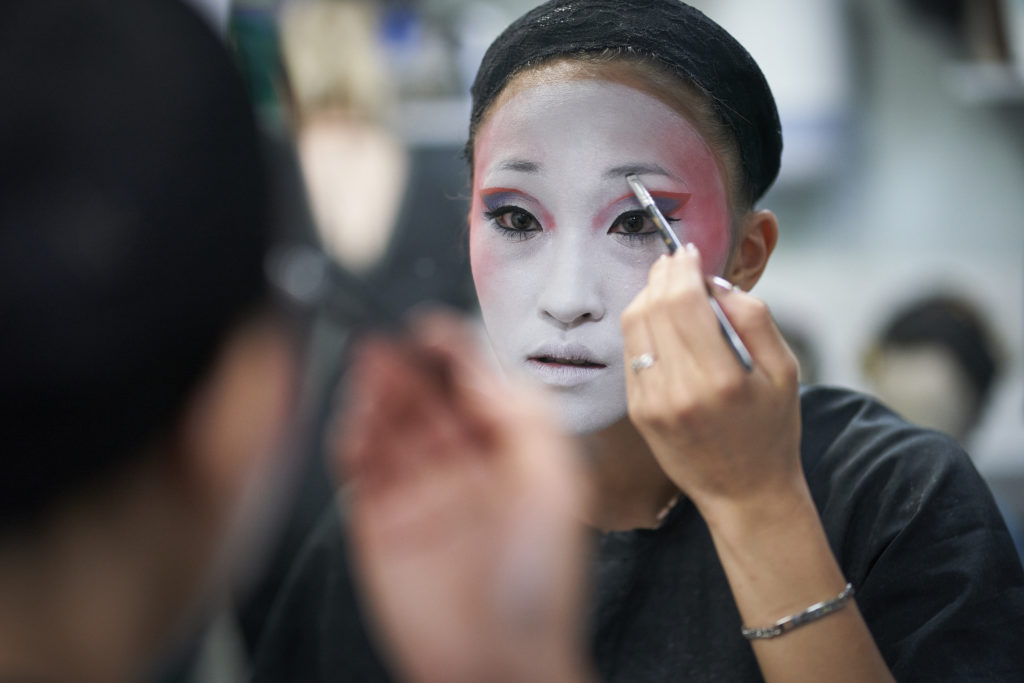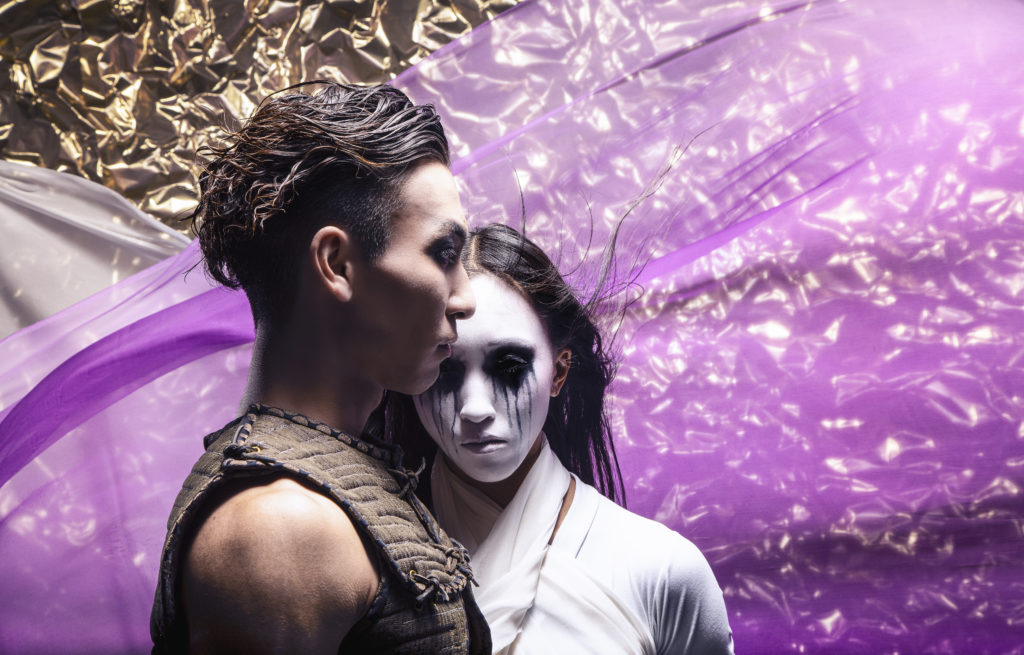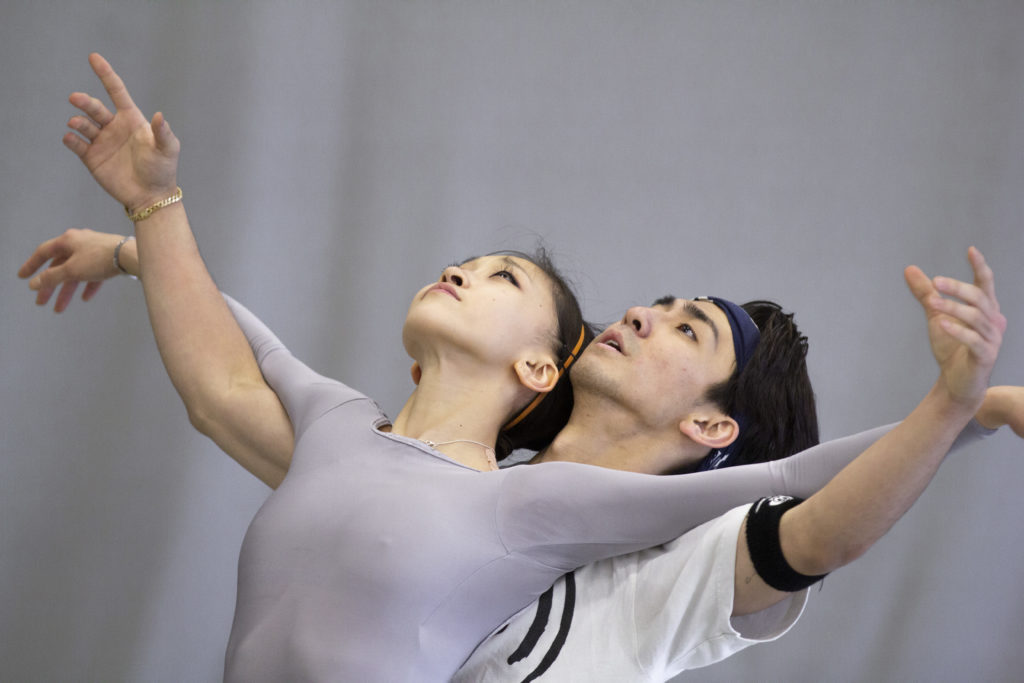
Aoife Kenny in the role of Aurora in Sleeping Beauty at York Theatre Royal. Picture: S R Taylor Photography
WEST End actress Aoife Kenny is making her York Theatre Royal debut as Princess Aurora, the Sleeping Beauty of the title of this winter’s pantomime co-production with Evolution Productions.
Originally from Birmingham, now living in Reading and working mainly on the London stage, she made her first ever visit to York for the September 30 pantomime press launch. “My first time in Yorkshire was last Christmas for Snow White at Sheffield Lyceum Theatre [also co-produced by Evolution Productions],” she says.
Aoife had studied at Laine Theatre Arts performing arts school, in Epsom, Surrey, when the Covid 19 pandemic made for a disrupted finale to her musical theatre degree under lockdown restrictions in 2020.
“I had to finish my studies that summer on Zoom, and luckily it was a nice summer, so I was able to complete the course out in the garden,” she recalls.
“Ever since then, I’ve done various musical theatre shows, such as being in the ensemble for Frozen The Musical at the Theatre Royal Drury Lane, which you can watch on Disney+. We filmed it in February 2024.
“I’ve just finished in a show in London called Clueless [at Trafalgar Theatre], a musical theatre show that KT Tunstall wrote the score for, with lyrics by Glenn Slater [best known for Sister Act and Tangled]. Amy Heckling, the writer-director of the original film, wrote the script.
“I was in the ensemble and covering for the role of Dionne Marie Davenport, played by Stacey Dash in the 1995 film. It was meant to run for a year but closed early after six months.
“When I rang Paul (Evolution Productions director and York Theatre Royal panto script writer Paul Hendy) and said, ‘the Clueless job has been cancelled, do you have a panto slot for me ?’, as I’d enjoyed Snow White so much, luckily this chance to play Aurora in York came up.
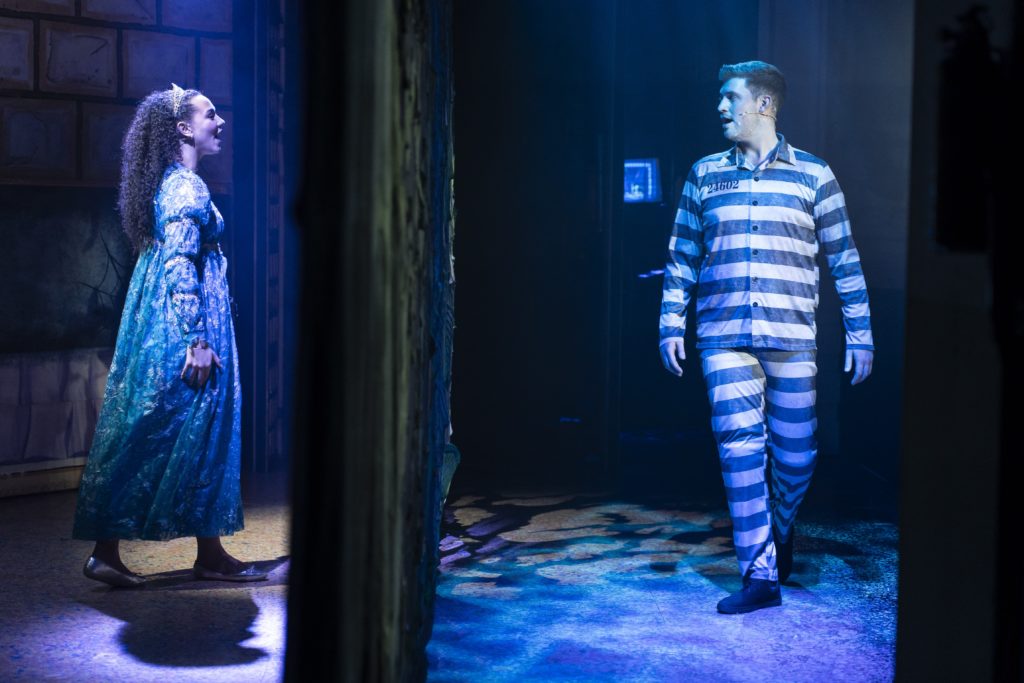
Aoife Kenny’s Princess Aurora and Christian Mortimer’s Prince Michael of Moravia singing a duet in Sleeping Beauty. Picture: S R Taylor Photography
“I’ve been raving about Paul’s script writing. He really knows his art and he just captures so well what works for a ‘straight’ panto character. He knows how kids think, being a dad, and is very up to date with the modern world, which always helps.”
Aoife enjoys performing with Evolution. “They’re lovely people to work with, really easy going, and it’s nice to have input into a show, whereas you can’t do that with West End show. The joy of panto is reacting to the audience and having fun with them,” she says.
“This year I’m in the princess’s role, which kind of drives the show forward – someone’s got to get the show’s message across! She’s a modern-day princess in our show, and although she’s still being rescued [from Carabosse’s curse], she can hold her own.”
Aoife can certainly hold a tune too. “I was brought up in an Irish-Jamaican family who loved musicals, growing up with so much music around me 100 per cent of the time. Me and my sister Sinead, all we’ve known is music and musical theatre,” she says.
“My parents were a bit reluctant at first [for Aoife to pursue a stage career] because it’s a hard industry but Sinead and I had the talent and they’ve thoroughly supported us.” Who should be sitting directly in front of CharlesHutchPress on press night but Aoife’s parents, whereupon a very proud conversation ensued.
Naming a favourite musician, Aoife picks Steve Wonder. “I went to see him at Hyde Park this summer, which was amazing, but that was the day I found out I’d lost my Clueless job, so there I was, in the middle of Hyde Park, crying – and that’s when I decided to contact Paul [Hendy] about a panto job.
She is a “huge fan” of Beyonce too. “I saw her at the Tottenham Hotspur Stadium in June on her Cowboy Carter Tour,” she says. “I loved her country album! Her career has been going as long I’ve been here – I’m 26 – and she’s an icon. She does her own thing, and she has a message behind everything, so it’s not just the music with her.”
Christmas has been a chance for Aoife to reunite with her partner, musical theatre actor Matt Blaker. “He’s been out in the Philippines doing The Bodyguard The Musical for ten weeks,” she says. “My family are all away in Spain for Christmas, but Matt’s coming up for a couple of days from Reading. Just the two of us together – and York’s not a bad place to be for Christmas!”
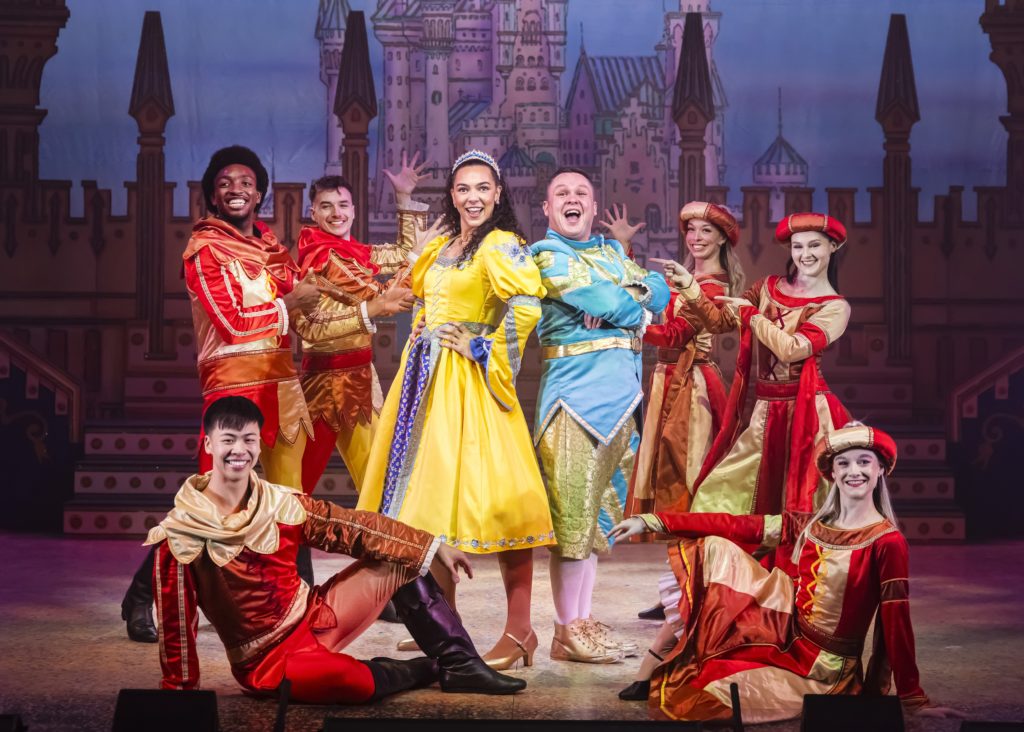
Aoife Kenny’s Princess Aurora and Tommy Carmichael’s Jangles performing in Sleeping Beauty with ensemble members Chris Morgan-Shillingford, back row, left, Elijah Daniel James, dance captain Alyssia Turpin, Sophie Flora and, front row, Jayden Tang and Charlotte Rose O’Sullivan. Picture: Pamela Raith Photography
Aoife Kenny: back story
TRAINED at Laine Theatre Arts, Epsom, Surrey, graduating with a BA (Hons) degree in musical theatre in 2020.
Theatre credits include Clueless (Trafalgar Theatre); Frozen The Musical (West End); Snow White (Sheffield Lyceum); White Christmas (UK tour); Carousel (Kilworth House); Chess (Theatre Royal Drury Lane); Sunset Boulevard (Alexandra Palace); Up Next Gala (National Theatre); Sleeping Beauty (Mayflower Theatre, Southampton); Peter Pan (Swansea Grand Theatre); Cinderella (SEC Armadillo, Glasgow) and A Little Night Music and Beauty And The Beast (Laine Theatre Arts).
Television credits include Songs Of Praise, The Chart (pilot), Children In Need and The X Factor. Other credits include Bare (London Palladium); Josh Groban’s Stages (UK tour); Russell Watson (UK tour); Turn Up London (Cadogan Hall); Drive In London (concert); Love Never Dies in concert (Theatre Royal Drury Lane) and I Put A Spell On You (Theatre Cafe).

Kevin the “vicious” Velociraptor in Sleeping Beauty at York Theatre Royal. Picture: Pamela Raith Photography
On second thoughts: child’s play at the pantomime on a Saturday afternoon
RE-VIEW: Sleeping Beauty, York Theatre Royal, until January 4 ****
ACCOMPANYING three children plus chocolate goodies to Saturday afternoon’s matinee of Sleeping Beauty, Charles HutchPress discovered – not for the first time – that he was wrong. Very wrong.
We need to talk about Kevin, the “vicious Velociraptor”, derided in the original review as the “dawdling, limb-twiddling dinosaur that somewhat undermined the impact of speciality act Kris Madden’s fire artistry as Guardian of the Raptor” at the close of Act One.
To these eyes, Kevin still looks lost in the sudden spotlight, his front limbs doing a Tommy Cooper “Just Like That” impersonation”, spoiling any chance of being scary, but no, no, no. Kevin was a roaring success with Louis, dinosaur devotee, aged five. Enraptured by the Raptor indeed.
And that’s the point. York Theatre Royal and co-producers Evolutions Productions have the right instincts for a pantomime that will appeal to all comers. The animal kingdom has always been part of the Theatre Royal show, whether Martin Barrass’s unforgettable Seal back in the day or Zeus the scene-stealing Border Collie two years ago.
Louis loved Kris Madden’s pyrotechnics too – an act truly on fire, topped off by his burning top hat in his walk-down – and Finley named that twisting, turning fire starter as his favourite too, while Molly most enjoyed Golden, the up-up-uplifting K-Pop Demon Hunters hit that has become this pantomime season’s ubiquitous song in another on-trend choice by the Theatre Royal panto team.
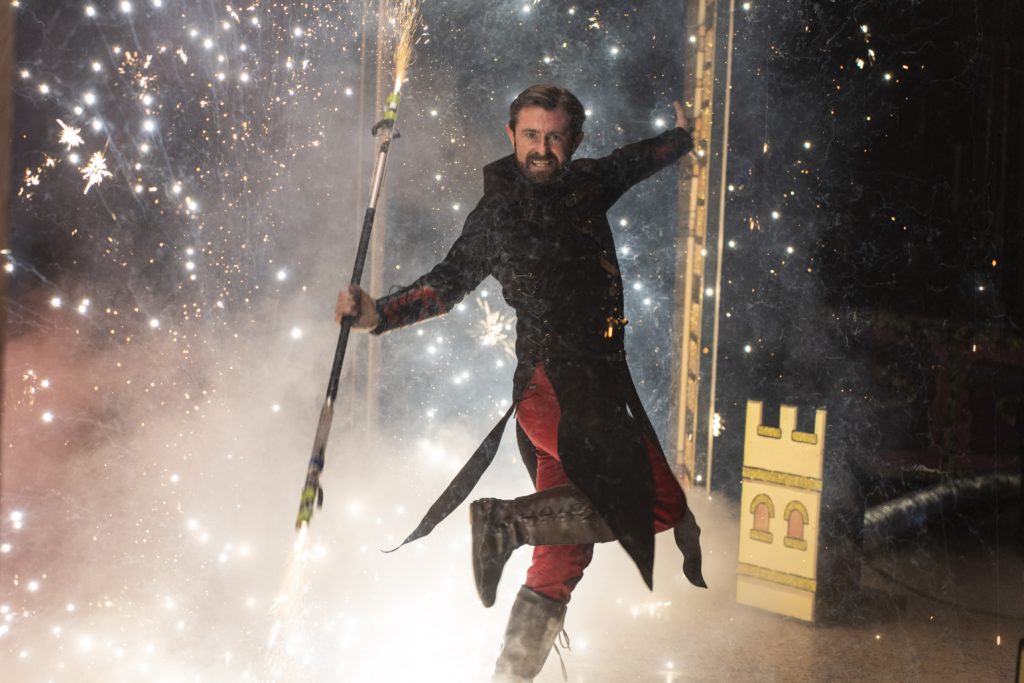
Fired up: Kris Madden’s Guardian of the Raptor in Sleeping Beauty. Picture: Pamela Raith Photography
Encountering Sleeping Beauty for a second time, CharlesHutchPress was struck once more by the political jibes (especially a dig at the early release of prisoners under Labour’s watch); the cornucopia of corny puns and the chemistry of dame Robin Simpson’s Nurse Nellie, Tommy Carmichael’s dippy Jangles and Christian Mortimer’s game Prince Michael in the outstanding splosh slapstick scene.
Top marks too go to Terry Parsons, Michelle Marden and Stuart Relph’s gorgeous set designs and Michael J Batchelor and Joey’s Dame Creations’ ever-witty costumes for Simpson’s polka-dotty dame.
The exploding confetti cannon – fired without warning after a big build-up much earlier– finds Simpson’s dame at his best in pulling all the strings amid the comical chaos.
No less explosive is the battle for supremacy of CBeebies’ star Jennie Dale’s Fairy Moonbeam and Jocasta Almgill’s wicked fairy Carabosse in a lung-busting sing-off as they spar to the max in Everything About You.
To put the cherry on the festive icing, Louis excitedly joined the queue to meet Jennie Dale, still on full beam in the foyer ahead of another performance that evening.
York Theatre Royal and Evolution Productions present Sleeping Beauty, York Theatre Royal, today, 2.30pm (captioned performance), 7pm; December 31, 11am, 3pm; January 2, 2.30pm (relaxed performance), 7pm; January 3, 2.30pm, 7pm; January 4, 11am, 3pm.
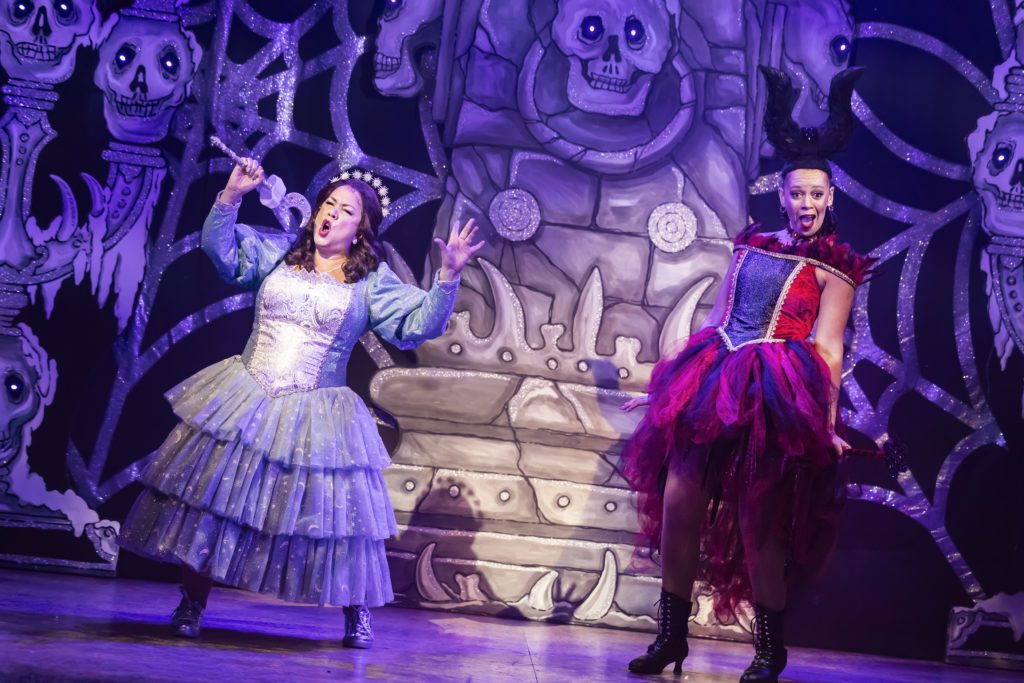
Jennie Dale’s Fairy Moonbeam and Jocasta Almgill’s Carabosse battling for singing supremacy in York Theatre Royal’s musical variation on a spoken-word slam or rap battle
Which songs feature in Sleeping Beauty at York Theatre Royal?
Good Day Sunshine (The Beatles)
Hot To Go (Chappell Roan)
Introducing Me (Nick Jonas, from Camp Rock 2: The Final Jam)
School’s Out/Baggy Trousers/ABC (Alice Cooper/Madness/The Jackson 5)
Sweet Dreams (Eurythmics)
Hakuna Matata (Elton John, from The Lion King)
Die With A Smile (Lady Gaga and Bruno Mars)
Golden Slumbers (The Beatles)
Hellfire (Alan Menken and Stephen Schwartz, from The Hunchback Of Notre Dame)
Pinball Wizard (The Who)
A Hundred Years Have Passed (from Dragonland)
Everything About You (Ugly Kid Joe)
A Thousand Years, repurposed as A Hundred Years (Christina Perri)
Ghostbusters (Ray Parker Jr)
Together In Electric Dreams (Giorgio Moroder and Philip Oakey)
Golden (from K-Pop Demon Hunters)
Wake Me Up Before You Go-Go, audience songsheet song, (Wham)
Everybody Needs Somebody To love, walk-down song (Bert Berns, Solomon Burke and Jerry Wexler, from The Blues Brothers).

